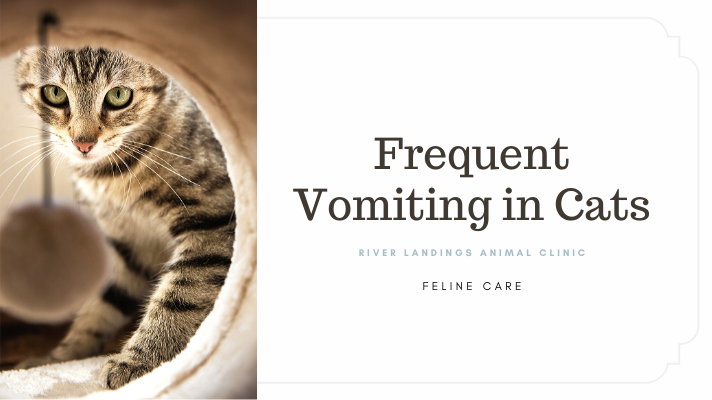This article was written on March 12th, 2020. Last updated on March 16th.
Can dogs get the new coronavirus (COVID-19)?
At this time, experts believe it is very unlikely. The World Health Organization currently advises that there is no evidence to suggest that dogs or cats can be infected with the new coronavirus. The OIE states there is no evidence that dogs play a role in the spread of this disease or that they become sick. The CDC also seconds that opinion, stating that, “At this time, there is no evidence that companion animals including pets can spread COVID-19.”
Although pets cannot become sick from COVID-19, could they serve as a conduit of infection between people?
Yes. It is possible that a person with COVID-19 could sneeze or otherwise contaminate their pet, and then another individual could touch that animal and contract the disease. Veterinary experts believe the risk for transmission would be low. However, animals living with sick individuals should be kept away from other people and animals (quarantined at home), just as people who live with sick individuals must avoid contact with others. The CDC recommends that you restrict contact with pets if you are sick with COVID-19, just as you would restrict your contact with other people. Avoid snuggling, being kissed or licked, and sharing food. If you must interact with your pet, wash your hands before and after, and wear a face mask.
If I am ill with COVID-19 are there special precautions I should take to prevent spreading disease, including when caring for my pet?
If you are showing symptoms or declared positive with COVID-19, you need to be careful to avoid transmitting it to other people. Applying some commonsense measures can help prevent that from happening.
Stay at home except to get medical care and call ahead before visiting your doctor.
Minimize your contact with other people, including separating yourself from other members of your household who are not ill; using a different bathroom, if available; and wearing a facemask when you are around other people or pets and before you enter a healthcare provider’s office.
Wash your hands often, especially before touching your face, and use hand sanitizer.
Use a tissue if you need to cough or sneeze and dispose of that tissue in the trash.
When coughing or sneezing, do so into your elbow or sleeve rather than directly at another person.
Out of an abundance of caution, the AVMA recommends you take the same common-sense approach when interacting with your pets or other animals in your home, including service animals. You should tell your physician and public health official that you have a pet or other animals in your home.
Although there have not been reports of pets or other animals becoming sick with COVID-19, it is still recommended that people sick with COVID-19 limit contact with animals until more information is known about the virus. So, if you are ill with COVID-19, have another member of your household take care of walking, feeding, and playing with your pet. If you have a service animal or you must care for your pet, then wear a facemask; don’t share food, kiss, or hug them; and wash your hands before and after any contact with your pet or service animal. You should not share dishes, drinking glasses, cups, eating utensils, towels, or bedding with other people or pets in your home. While we are recommending these as good practices, it is important to remember there is currently no evidence that pets can spread COVID-19 to other animals, including people.
What should I do to prepare for my pet’s care in the event I do become ill?
Identify another person in your household who is willing and able to care for your pet in your home should you contract COVID-19. Make sure you have an emergency kit prepared, with at least two weeks’ worth of your pet’s food and any needed medications. Usually, we think about emergency kits like this in terms of what might be needed for an evacuation, but it’s also good to have one prepared in the case of quarantine or self-isolation when you cannot leave your home.
My pet or service animal needs to go to the veterinarian – what should I do?
If you are not ill with COVID-19 or another communicable disease (e.g., cold, flu), call your veterinarian to make an appointment for your pet or service animal as you normally would.
If you are sick with COVID-19 or another communicable disease, you should stay at home, minimizing contact with other people, until you are well.
If you are sick with COVID-19, and you believe your pet or service animal is ill, please seek assistance from your veterinarian and public health officials to determine how to best ensure your pet or service animal can be appropriately cared for while minimizing risks of transmitting COVID-19 to other people.
What precautions should be taken for animals that have recently been imported from high-risk areas?
Any animals imported into the United States will need to meet CDC and USDA requirements for entering the United States. At this time there is no evidence that animals other than the bat source of SARS-CoV-2 can spread COVID-19. As with any animal introduced into a new environment, recently imported animals should be observed daily for signs of illness. If an animal becomes ill, the animal should be examined by a veterinarian. Call your veterinarian before bringing the animal into the clinic and let them know that the animal was imported from an area identified as high-risk for COVID-19.
Wash Your Hands
Although there is no current evidence that suggests the coronavirus can be transmitted to or from companion animals, it’s always a good idea to follow basic hygiene practices around animals. This includes washing your hands thoroughly throughout the day and before and after direct contact with your pets, their food or their supplies.
Designate an Emergency Caregiver
Proactively identify someone who could help with their short- or long-term care in the event you are unable to care for your pet. Consider a family member, friend, neighbor or your favorite boarding facility.
Stock Up on Pet Supplies
Prepare a kit with essential supplies to have on hand in the event of an emergency. Your emergency kit should include a 30-day supply of your pets’ medications, as well as at least two weeks’ worth of food.
Create a Pet Dossier
If your emergency caregiver’s assistance is needed, make it easier for them by having all of your pets’ information in one place. Consider including things like habits, food preferences, medical conditions and medications taken, veterinarian contact information, and any behavioral tendencies.
Resources
The most up-to-date information and advice on human infection can be found on the following
websites:
The most up-to-date information related to animal health can be found on the following website:
Hear From Us Again
Don't forget to subscribe to our email newsletter for more recipes, articles, and clinic updates delivered to your inbox (here). Or, you can keep up to date by liking and following our Facebook page (here).
Related: We have more information under our client care category.
















